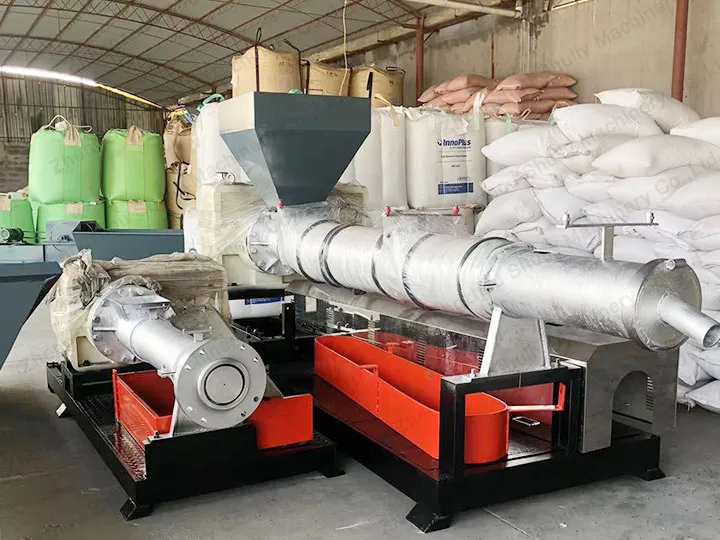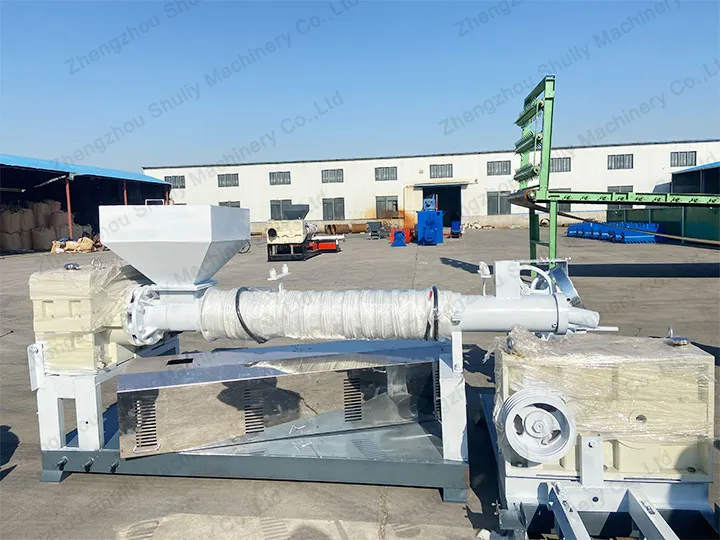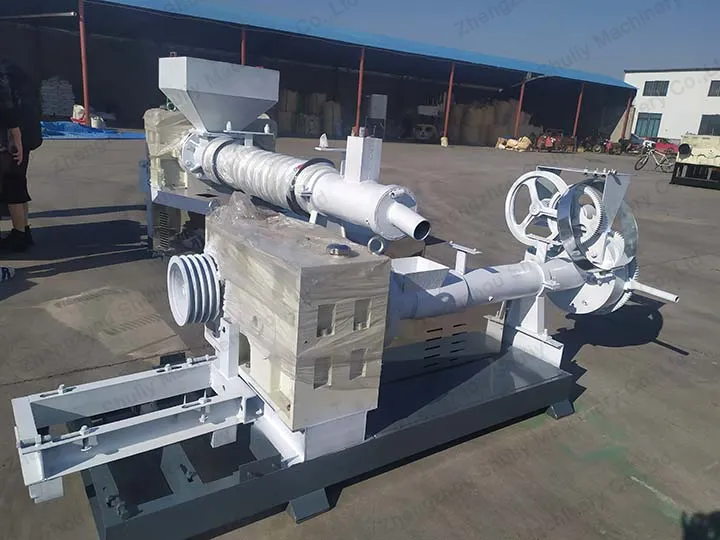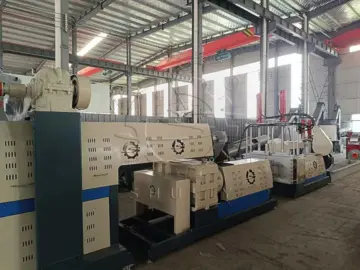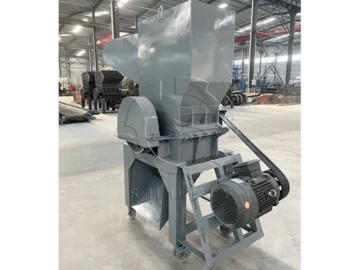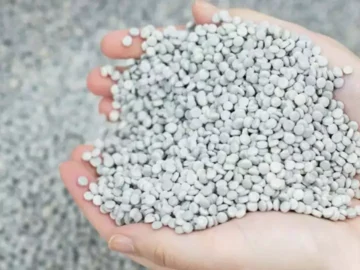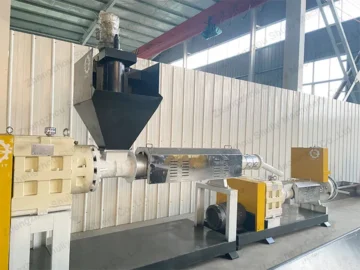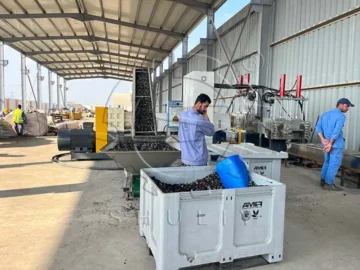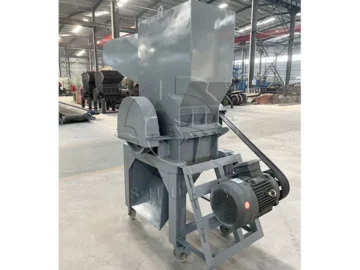Plastic recycling granulator is a device that converts waste plastic into recycled plastic pellets through the process of melting, extruding and cooling. However, sometimes during the production process, we may encounter the problem of inconsistent particle size of the recycled pellets. This situation will affect the quality and application effect of the recycled pellets. In this article, we will introduce the reasons for inconsistent particle size and the ways to deal with it.
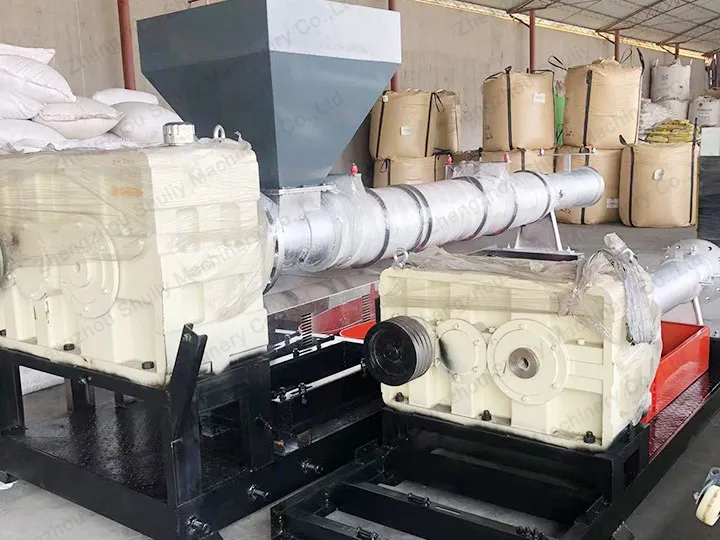
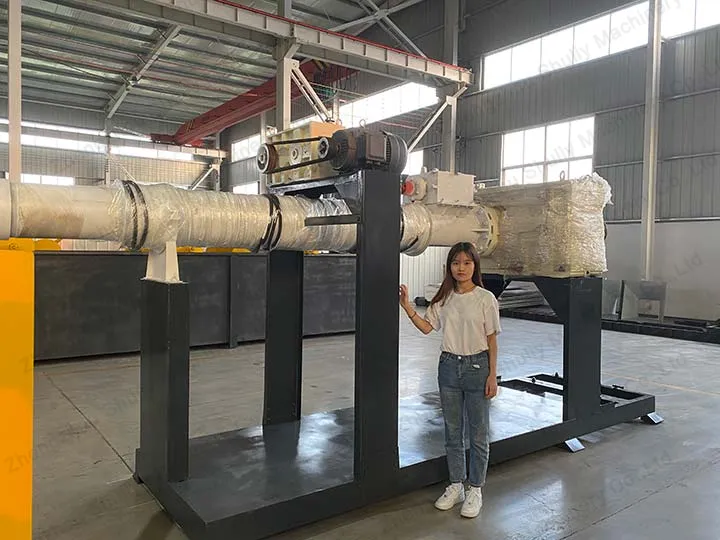
Reasons for inconsistent particle size
- Inconsistent material properties: Recycled waste plastics come from a wide range of sources and may come from a variety of different plastic products, with differences in their composition and properties, resulting in the production of uneven particle sizes of recycled pellets.
- Unreasonable processing parameters: The operator of the plastic recycling granulator may not adjust the appropriate processing parameters, such as temperature, pressure, speed, etc., according to the characteristics of the waste plastic, resulting in uneven particle size distribution.
- Wear and tear of equipment: Due to long time use or improper maintenance, the parts of plastic recycling granulator may be worn out, resulting in inconsistent particle size.

- Poor screen effect: If the screen in the plastic recycling granulator is damaged or used for too long, it will cause the particles to stay on the screen for too short a period of time, which will not be able to achieve uniform sieving.
- Excessive downtime: If the plastic recycling granulator is down for too long, it may take some time to reach a steady state after restarting. The granules during this time may produce large fluctuations.
Solutions for inconsistent particle size in Plastic recycling granulator
- Material classification and pre-treatment: Before feeding, waste plastics from different sources are classified and pre-treated to remove impurities. And according to the characteristics of separating into the plastic recycling granulator, in order to reduce the variability of raw materials.
- Optimize processing parameters: The operator should adjust the processing parameters reasonably according to the characteristics of different waste plastics. Ensure that the plastics are fully plasticized and mixed in the granulation process, so as to obtain a more uniform particle size.
- Regular maintenance and replacement of parts: Regularly check the wear and tear of the plastic recycling granulator, and replace the parts with serious wear and tear in time. Ensure the normal operation of the plastic pelletizing recycling machine to reduce the possibility of inconsistent particle size.
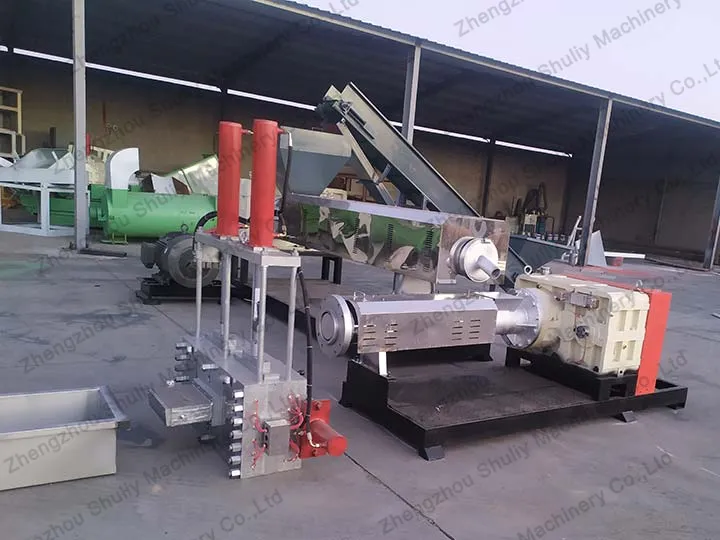
- Use of good quality screens: Use good quality screens and clean and maintain them regularly. Ensure that the particles stay on the sieve mesh for enough time and have a sufficient screening effect.
- Reduce downtime: Minimize the downtime of the plastic recycling granulator to ensure stable operation of the equipment to reduce the possibility of fluctuations in particle size.
Shuliy plastic pelletizing machine for sale
Shuliy is one of the most famous plastic pelletizer manufacturers, and its plastic granulator enjoys a good reputation in the market.
- Advanced technology & innovation: Shuliy plastic recycling granulator adopts the most advanced plastic recycling technology, combining years of production experience with continuous innovation and improvement. This enables it to process a wide range of waste plastics, resulting in a more homogeneous pellet size.
- Customized processing parameters: Shuliy has developed specific processing parameters for each type of waste plastic, which can be customized to ensure that the quality and size distribution of the regenerated pellets meets the customer’s requirements.
- Quality assurance and after-sales service: Shuliy plastic granulator machines are built with high-quality components and screens, which undergo rigorous quality checks to ensure the stability and durability of the equipment. In addition, Shuliy also provides comprehensive after-sales service to solve the problems encountered by customers in the process of utilization in a timely manner.
